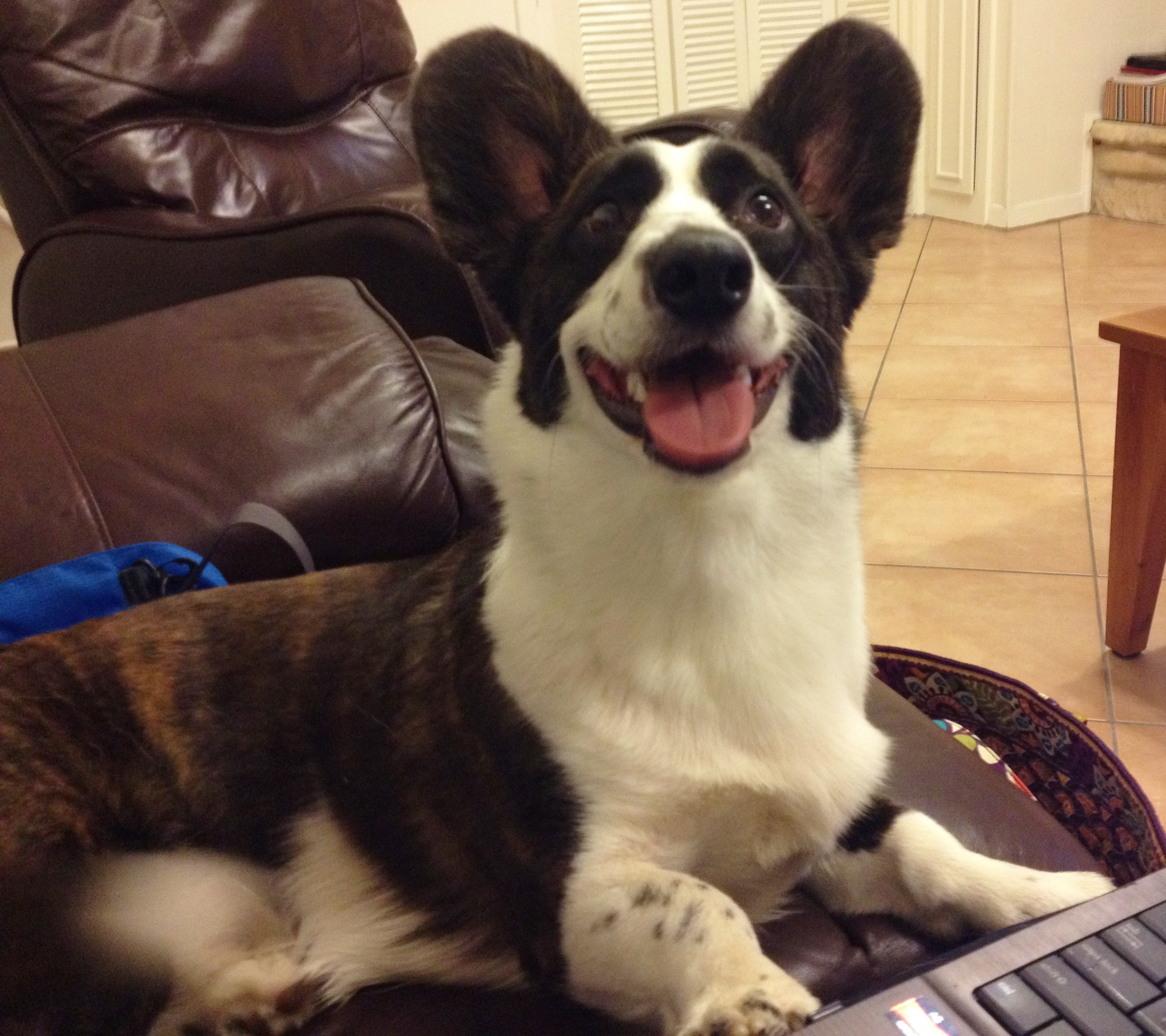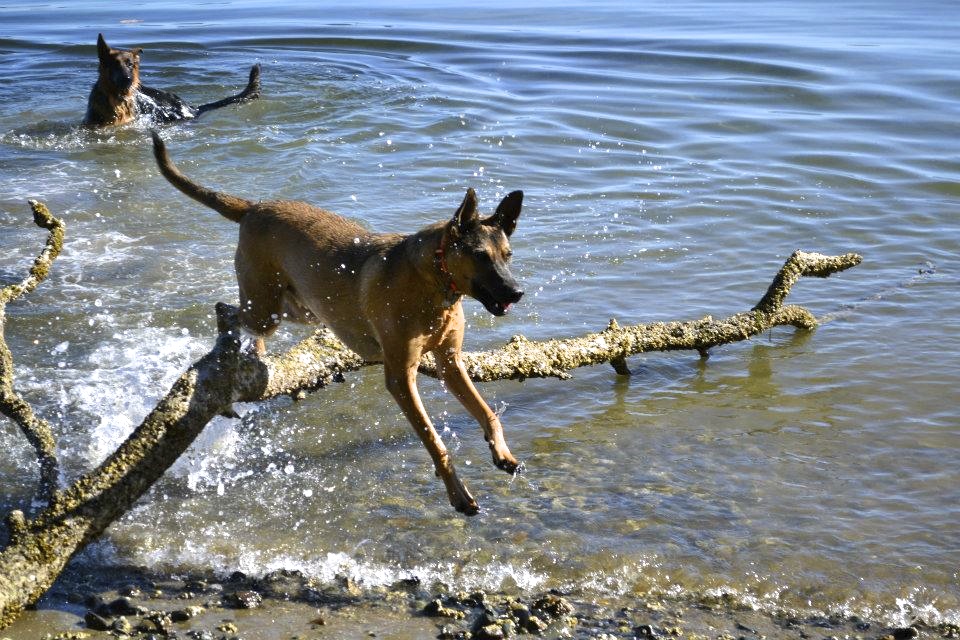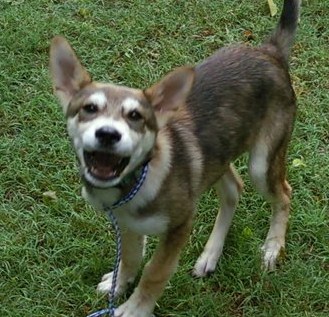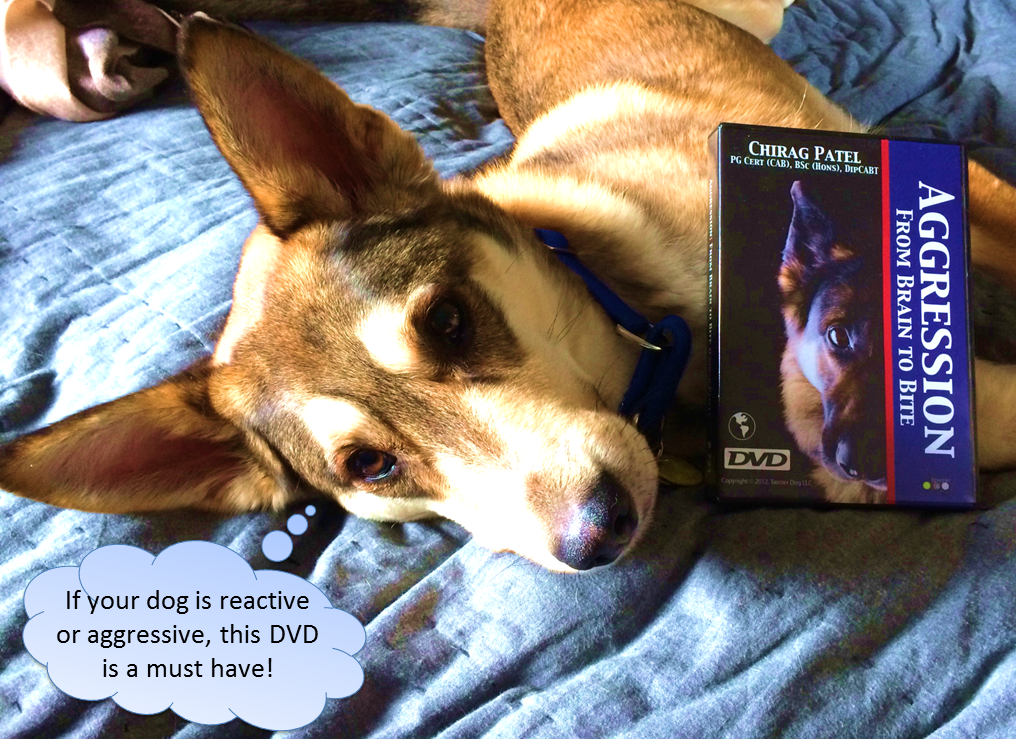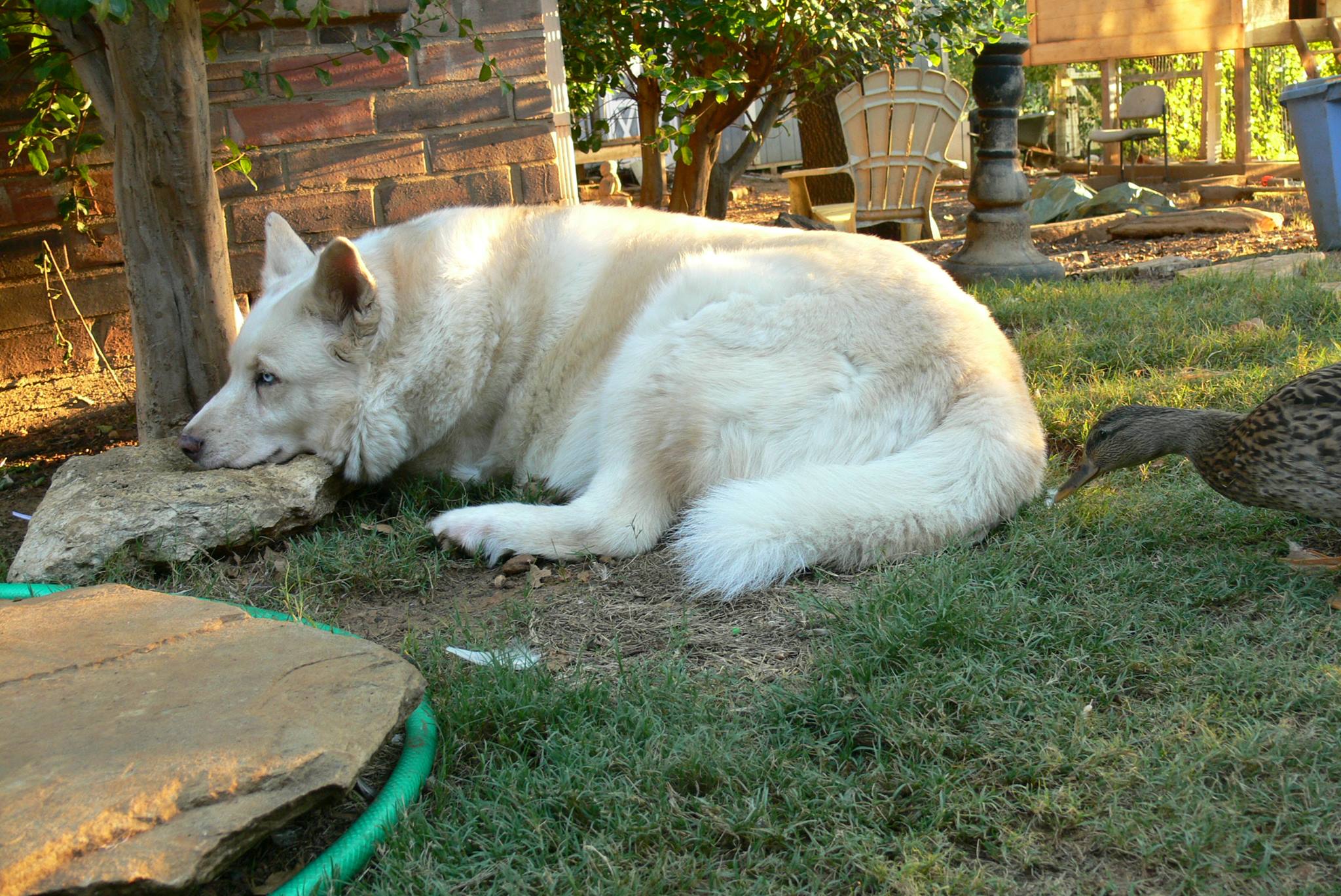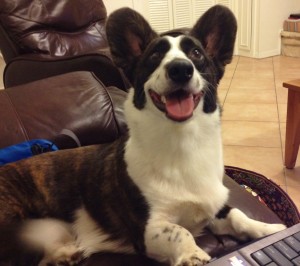 A couple of months ago I wrote about how I was working on Clark’s reactivity towards other dogs. It is still an issue, but I’ve decided to tackle this issue head on. He barks at other dogs on leash because he gets super aroused by them. If he was off leash, he’d go check them out, say “Hi!”, and instigate play. He just cannot understand why he is stuck with the leash and can’t go say hi.
A couple of months ago I wrote about how I was working on Clark’s reactivity towards other dogs. It is still an issue, but I’ve decided to tackle this issue head on. He barks at other dogs on leash because he gets super aroused by them. If he was off leash, he’d go check them out, say “Hi!”, and instigate play. He just cannot understand why he is stuck with the leash and can’t go say hi.
Thankfully, contrary to the previous post, his motivation for food has greatly increased and he is showing me more and more effort in the work he does with food. His favorite is still string cheese so that makes it super easy to chop up and use as treats.
We had a wonderful training session at PetSmart with Clark. We parked way in the back of the parking lot and let him do his business, then headed towards the side of the store. I positioned us off to the side of the entrance so we could see the dogs entering and leaving the store without getting in anyones way.
Despite my best intentions, we started off with a surprise as a man and two lab-type dogs exited the building from the vets office just 20ft away which threw him immediately over threshold. I tossed a ton of treats on the ground in front of him and handed him a few. He ate some of them as he let out a few barks. The situation was quickly over and we both recuperated quickly in time for the next few exposures.
Before I talk about what I mean by “marking the trigger,” I want to take about why I still gave Clark a ton of treats as he barked at the other dogs. When a dog is reacting (barking, lunging, or acting aggressive in any way) their thinking brain is not on. They are simply responding to the situation at hand based on their emotional state. When dogs are emotional or upset, they are not thinking clearly about their actions (same thing applies to people by the way). Therefore, all I can do is work on the association that is built at that time in the dog’s history.
Let’s think from the dog’s point of view. If at that time, I was to correct him for barking in any way what would that accomplish?
- Would he really know I was correcting him for barking specifically?
- How would a correction affect his emotional reaction the next time he came across another dog?
- Did I help him understand that everything was alright and that he was not in danger?
- Did I build his confidence?
- Does the correction tell him what I want him to do instead of barking?
I know that if I provide treats when he sees another dog (even if he is over threshold), that he will begin to associate other dogs with fun and yummy experiences. He might even begin to look forward to those experiences in the future because great things appear when he sees his, used-to-be, triggers. A correction would threaten his safety, create an apprehension around other dogs (last time he saw one he got jerked/told no), and at the very least it wouldn’t even teach him what to do instead of bark. After all, he’s the one who is stuck on a leash unable to walk away, approach, or avoid the trigger. Providing a jackpot of treats when he sees another dog will help him get over his fear, learn that there is nothing to fear, and it will build his confidence in that situation. At least that is how I see it with my dog.
Marking the Trigger
Once we got past our surprise, we were able to keep a good distance from other dogs. The best time to train is when the dog is watching, but not reacting to the trigger. We had the chance of observing several other dogs, large and small, walk by and with each one Clark calmed down more quickly. Whenever Clark spotted a dog, I marked his observation with an up beat “Yes!” followed by a treat that was delivered in a timely manner to his mouth or the ground in front of him. Additionally, I would mark and reward for turning to give me eye contact.
Luckily, for you all, my fiance was willing to accompany me and he got some great, live footage. I have not edited it other than adding the caption to let you know there is another dog in proximity. Check it out:
As you can see, I’m following basic guidelines:
- Keep the dog at a good distance so he doesn’t outwardly react.
- Mark his observation immediately with a “Yes!” followed by a few treats.
At the end of the video, you see me whip out a toy to engage in some play with him. You’ll have to wait until the next post to see why I do it! 🙂
